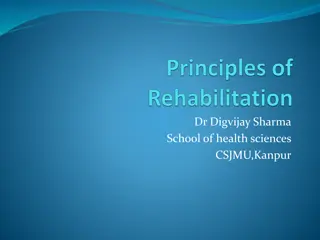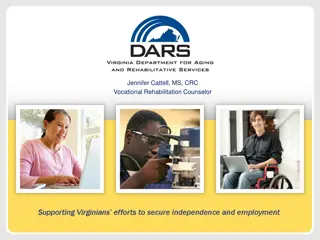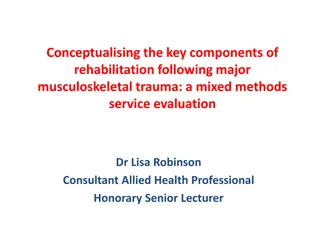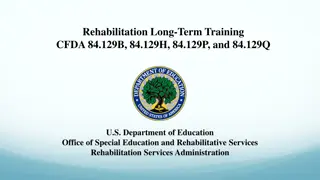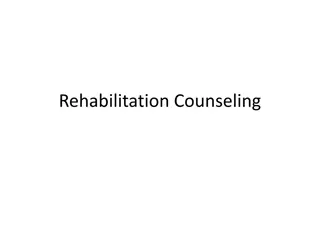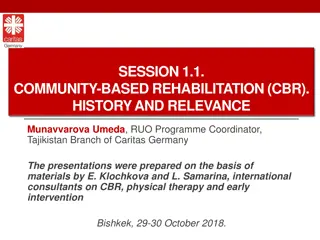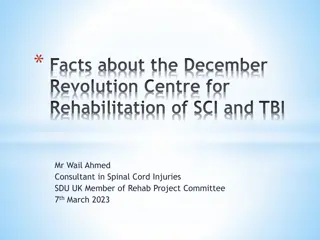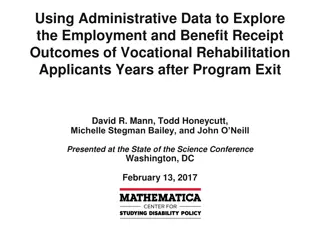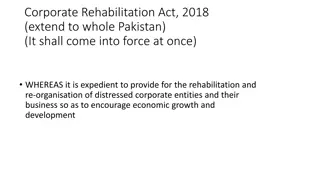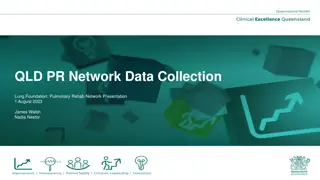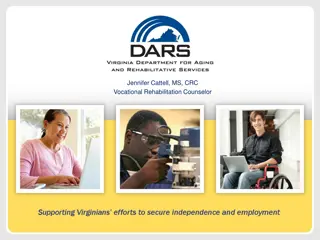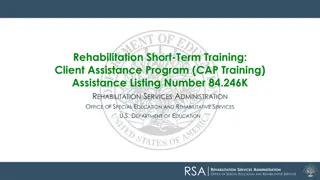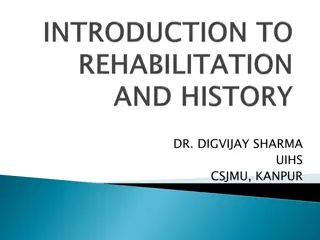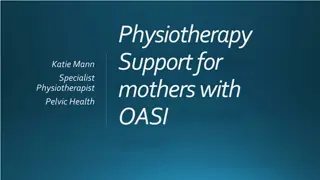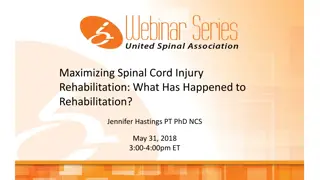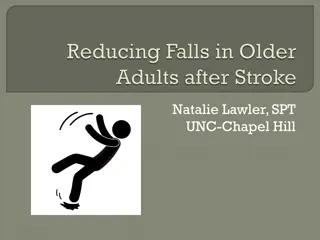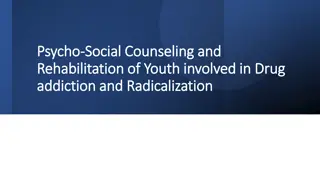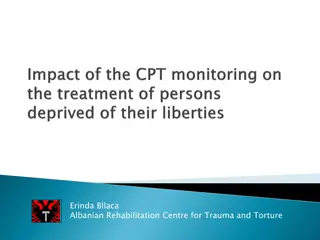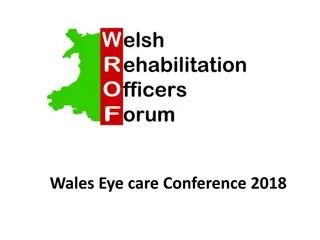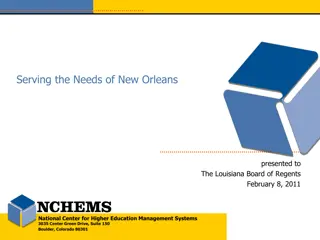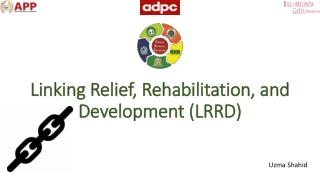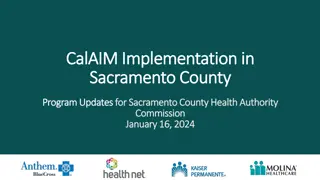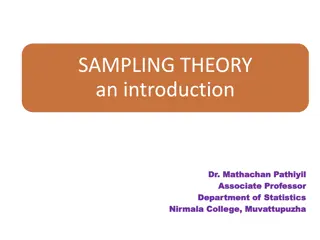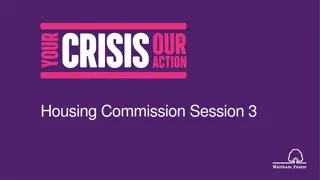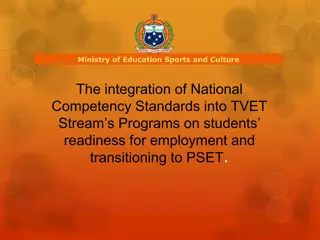Enhancing Programs for High Needs Population: A Closer Look at Rehabilitation Efforts
In response to the demand for effective programming, initiatives aimed at supporting high-needs populations with limited resources are gaining momentum. Strategies such as case management, correctional education, electronic monitoring, and vocational training are being implemented to address various challenges faced by this population. Collaborative efforts and evidence-based approaches have shown promising results in reducing recidivism rates and promoting successful reintegration into society. Emphasis on program effectiveness and cost efficiency is driving positive changes in service delivery and inmate rehabilitation within the criminal justice system.
- High Needs Population
- Rehabilitation Programs
- Evidence-Based Interventions
- Recidivism Reduction
- Collaborative Initiatives
Download Presentation

Please find below an Image/Link to download the presentation.
The content on the website is provided AS IS for your information and personal use only. It may not be sold, licensed, or shared on other websites without obtaining consent from the author. Download presentation by click this link. If you encounter any issues during the download, it is possible that the publisher has removed the file from their server.
E N D
Presentation Transcript
High Needs Population Few Resources Programming is in High Demand
Program Outside Case Management Seeking Safety Correctional Education Electronic Monitoring - Supervision Electronic Monitoring - in Lieu of Jail Employment Training - Community Inpatient/intensive outpatient drug treatment (community) Inpatient/intensive outpatient drug treatment (incarceration) Vocational education in jail Work release Day Reporting Center Victim Impact Panel Ignition Interlock Device Substance Abuse Prevention Domestic Violence - Community Domestic Violence - In-Custody Alcohol education Chaplain Program Child abuse/parenting counseling Community service Drug Testing GED Preparation Health Life Skills Mental health counseling SCRAM Sober Living Environment Sobriety Services Substance/Alcohol abuse counseling Percent of Total Program Budget Percent of Total Program Budget Effective - 90.07% Promising - .66% No Effects - .34% Not Yet Studied - 8.93%
Cumulative Cumulative Recidivism Rate Recidivism Rate 70% 60% 58% 60% 53% 48% 50% 38% 40% 30% 21% 20% 10% 0% 0 1 2 3 4 5 6 7 Years Since Initial Grant of Probation Years Since Initial Grant of Probation
Changes in the County Collaboration and Communication between Agencies Common Measurement of Program Effectiveness Increased Emphasis on Cost Effectiveness
Changes in Sheriffs Office Programs Assurance that Existing Vocational and Educational Programs were Effective Identified New Evidence-Based Programs for inclusion in Inmate Programs Increased Emphasis on Cognitive Based Therapy
Successes Example of evidence Example of evidence- -based programs based programs Residential Substance Abuse Treatment (RSAT) Residential Substance Abuse Treatment (RSAT) Incorporates the Matrix Curriculum, Aggression Replacement Therapy (ART) and Moral Reconation Therapy (MRT) Extensive aftercare post release To date RSAT has had 450 participants - The current recidivism rate of RSAT program is approximately 22%.
Integration Evidence-Based Programming Evaluation
http://www.kernprobation.com/ab109ccp-realignment/plans-and-reports/http://www.kernprobation.com/ab109ccp-realignment/plans-and-reports/ Cassaundra Friedberg Supervising Department Analyst, Probation Cassaundrafriedberg@co.kern.ca.us Ian Silva Detentions Lenient, Sheriff s Office Silvai@kernsheriff.com



